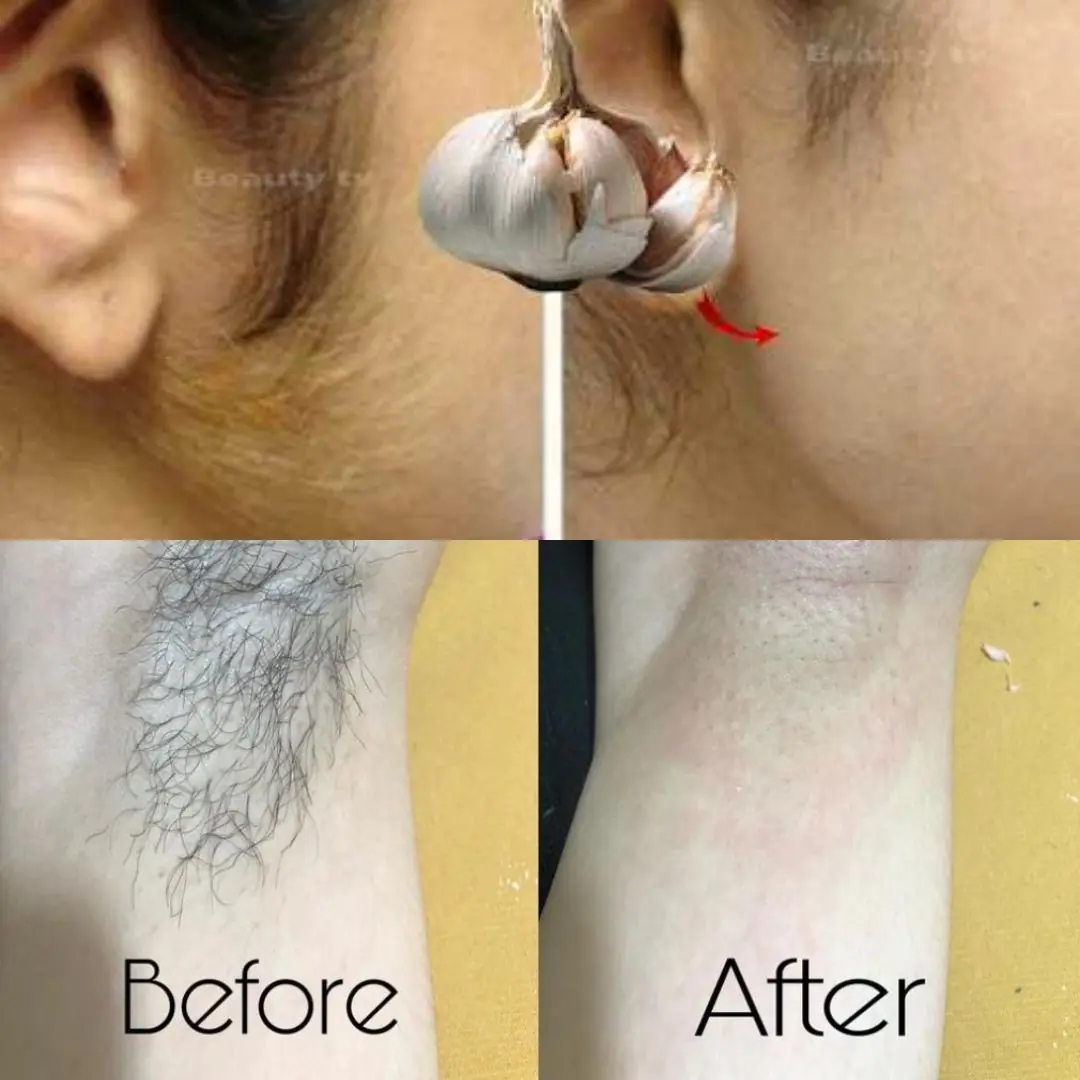
If You See Someone with 'Visible Blue Veins', You Must Tell Them This — It Could Save Their Life
At first glance, visible blue veins — often seen on hands, arms, legs, or the chest — may not seem like anything to worry about. For many people, they are simply a normal part of aging, fair skin, or physical fitness. However, in some cases, these prominent veins can be a warning sign of an underlying medical condition. Knowing when to take them seriously could potentially save someone’s life.
Visible blue veins can occur for several harmless reasons. For example, people with lighter skin tend to have more visible veins. Athletes or those with low body fat may also have more pronounced veins due to reduced subcutaneous fat. Even standing for long periods or hot weather can cause temporary vein visibility. However, when these veins appear suddenly, become twisted, painful, or are accompanied by other symptoms like swelling or fatigue, it could be a sign of vascular disease — especially varicose veins or even deep vein thrombosis (DVT).
Varicose veins are enlarged, twisted veins that often occur in the legs due to poor circulation or valve dysfunction. If left untreated, they can cause serious discomfort, skin damage, ulcers, and even blood clots. But more dangerously, visible veins could also be an early sign of DVT — a condition in which a blood clot forms deep inside the vein. DVT is potentially life-threatening if the clot travels to the lungs, causing a pulmonary embolism.
This is why it is important to pay attention when someone — especially an older adult, someone who sits or stands for long hours, or a person who recently had surgery or a long flight — develops noticeable blue veins or changes in vein appearance. If you see veins that are unusually large, bulging, or accompanied by leg pain, cramping, redness, or swelling, encouraging that person to see a doctor could make all the difference.
In addition to vein-related disorders, visible veins can sometimes be linked to liver disease. For instance, in people with cirrhosis or advanced liver damage, the veins in the upper chest or abdomen may become more pronounced due to increased pressure in the veins. This condition, known as portal hypertension, is a serious medical issue that requires prompt attention.
Moreover, certain types of cancer — such as pancreatic or ovarian cancer — have also been known to cause changes in vein appearance, particularly if a tumor is pressing on blood vessels or affecting circulation. While rare, this makes it all the more important not to ignore significant vein changes, especially when they appear without clear explanation.
Thankfully, early detection of vein-related health issues greatly improves outcomes. Many conditions, like varicose veins, can be managed with lifestyle changes, compression therapy, or minor procedures. Serious issues like DVT or signs of systemic illness need urgent treatment, but they are highly treatable if caught early. That’s why speaking up — even if it feels awkward — is so crucial.
In our daily lives, we often hesitate to comment on someone’s appearance for fear of being rude. But in this case, saying something could be a life-saving act. It’s not about judging; it’s about caring. Letting someone know that their veins look more prominent than usual, and gently suggesting they get checked, could lead them to early diagnosis and timely treatment.
In conclusion, visible blue veins are not always harmless. While they may be a normal feature in some, they can also indicate serious health conditions. Being aware of this possibility and having the courage to speak up can quite literally save a life. So next time you see someone with unusual or prominent veins, don’t stay silent — tell them what you know. It might be the most important conversation they ever have.
News in the same category

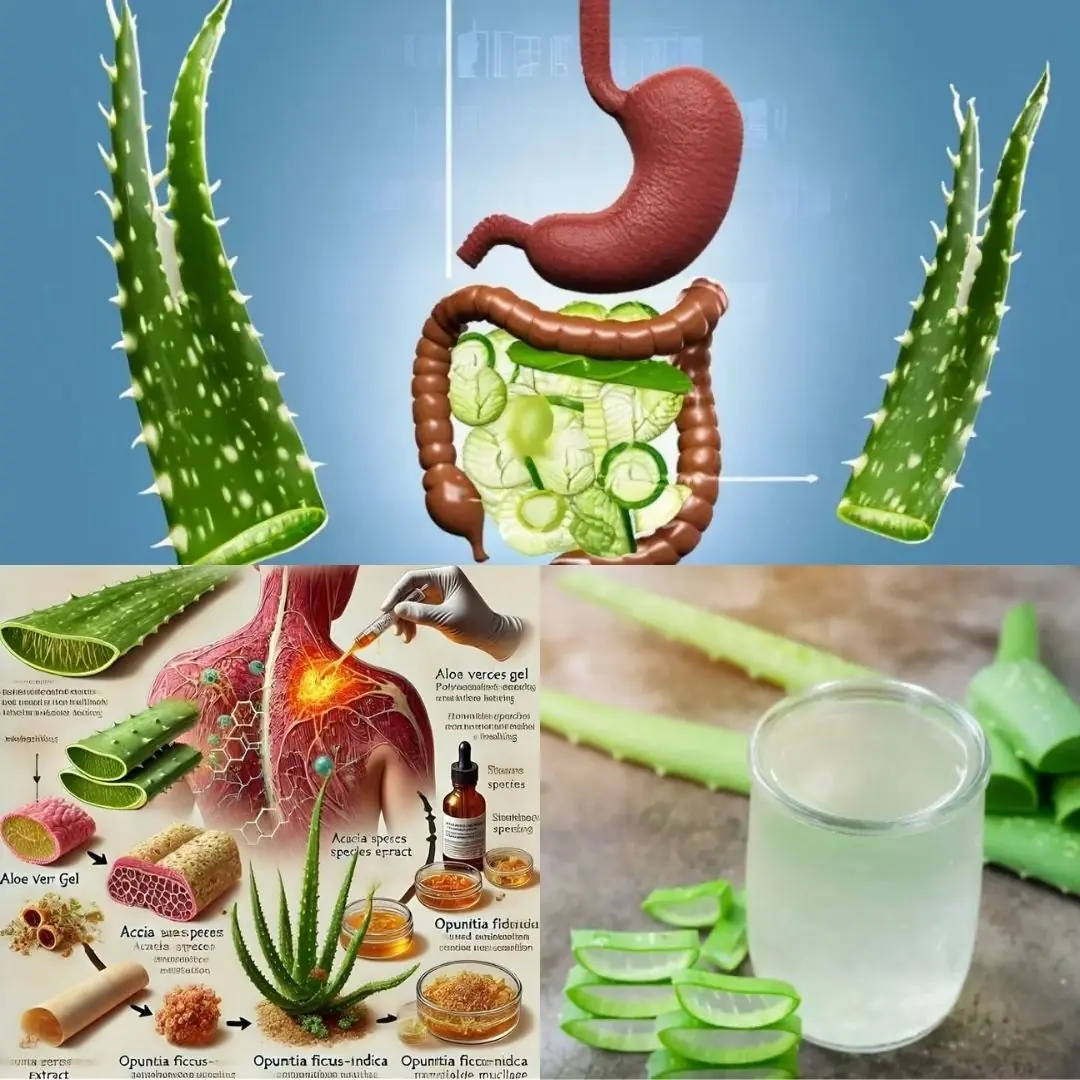
11 Reasons Why You Should Drink Aloe Vera Water Every Day

Shocking findings of new trial on Ozempic alternative pushes it closer to approval

Experts Warn People To Get Rid Of This Common Bedroom Item Over Fears It Might Harm Brain Health

The Side Effects of Ibuprofen You May Not Be Aware Of
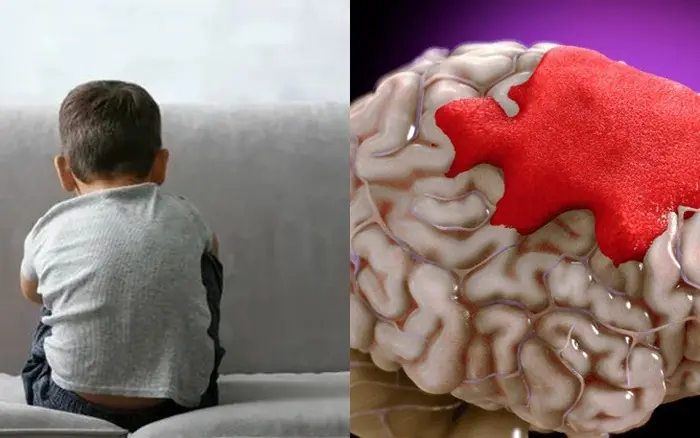
6-Year-Old Boy Suffers Stroke After Waking Up – Doctor Urges Parents to Know These 4 Warning Signs to Save Their Child
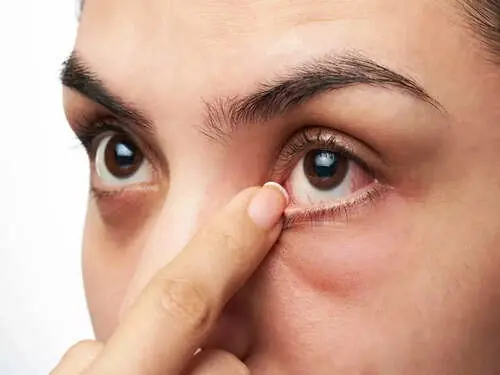
3 Eye Symptoms That Could Warn of a Stroke or Cancer – Don’t Ignore Them
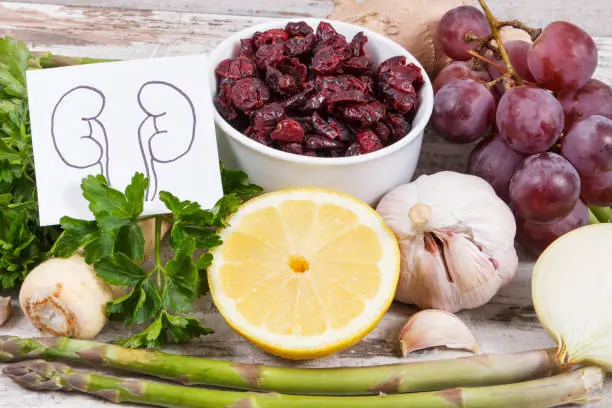
17 Common Foods That May Trigger Kidney Stones – What to Avoid for Healthier Kidneys
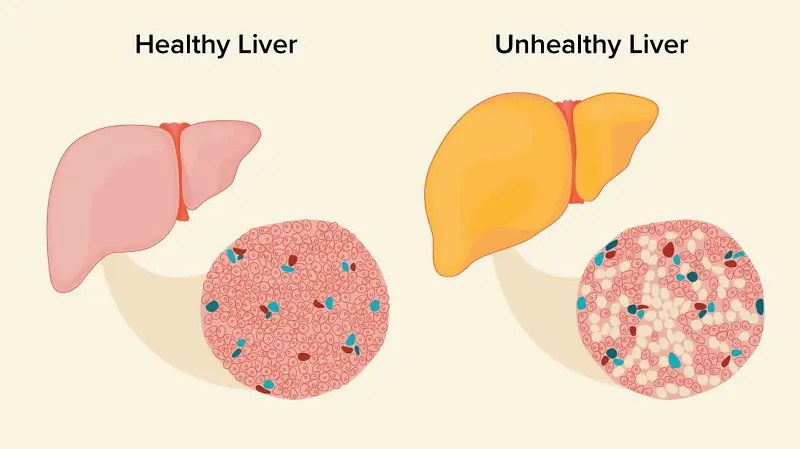
12 Strange Signs in Your Feet That Could Be Warning You About Liver Problems

If these happen to you, it’s high time you see a doctor

Man who saw ‘proof’ that ‘death is not the end’ explains the seven levels of afterlife
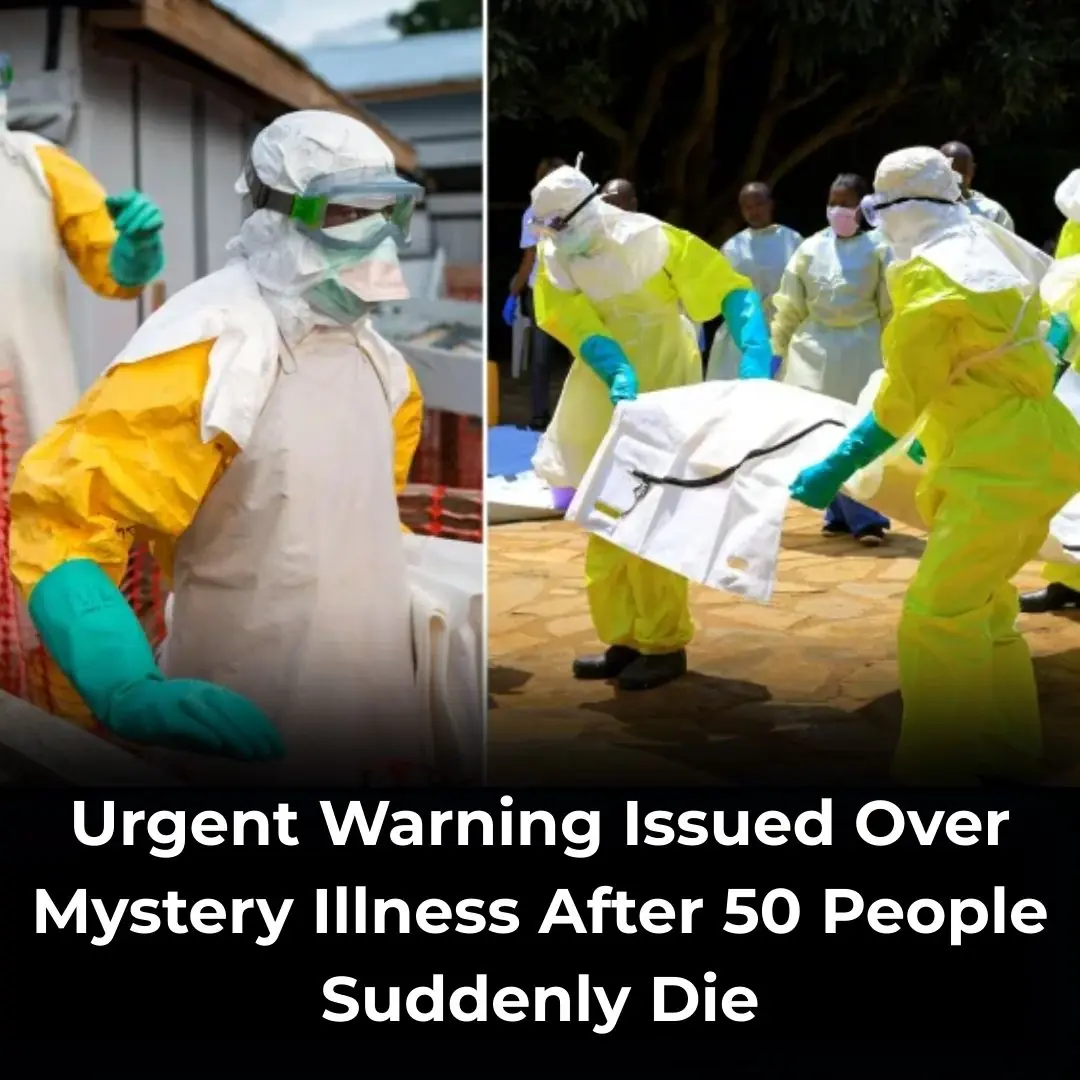
Over 50 Individuals Die Within Hours Of Symptoms Of An Unknown Illness Alarming Doctors

Warning sign of teen’s inoperable cancer that hit hours before diagnosis – now nothing can be done
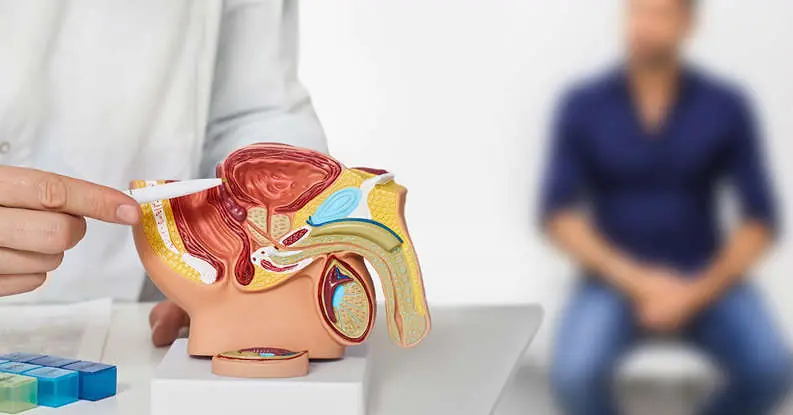
Common Habit Linked to 45% Higher Risk of Prostate Cancer in Men
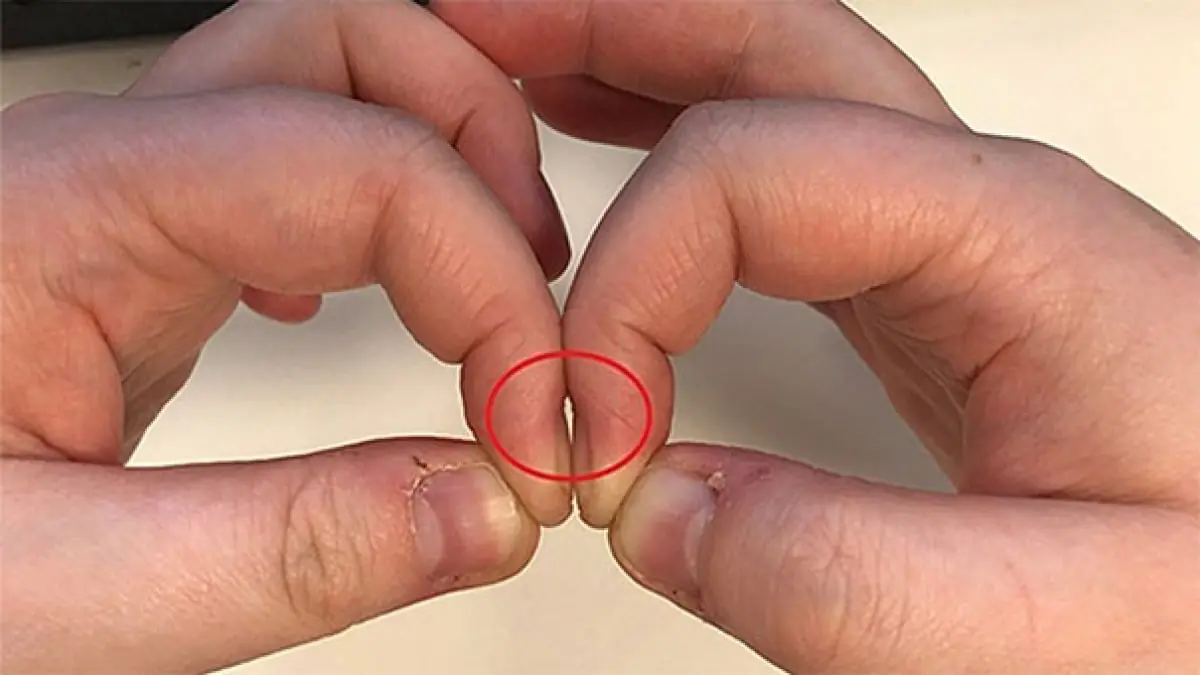
Placing Two Index Fingers Together Can Reveal Lung Cancer: A Quick Test Used by Doctors
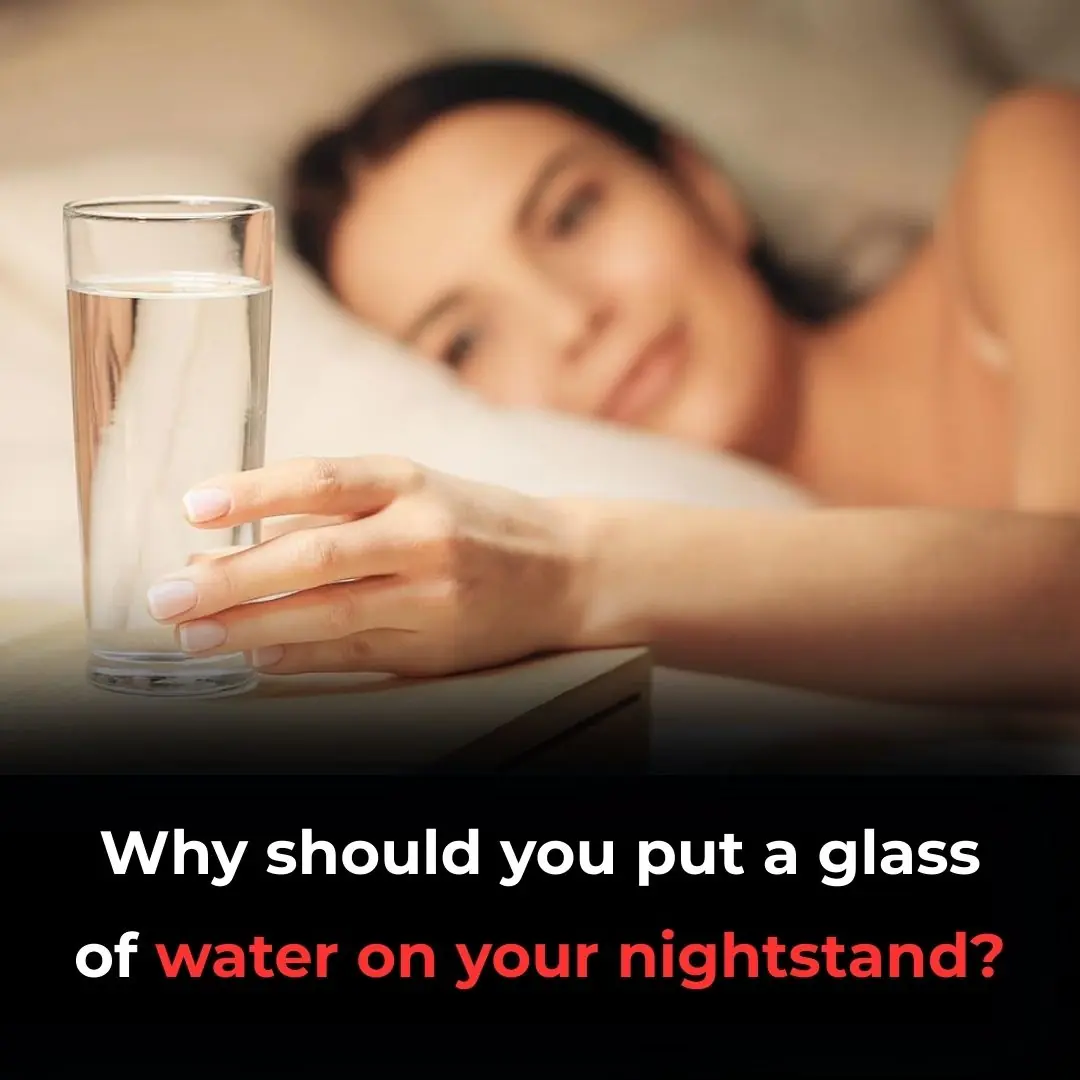
The Surprising Reason to Keep a Glass of Water by Your Bedside at Night

Scientists Have Identified Specific Cognitive Skill Linked To Longer Life In Older Adults
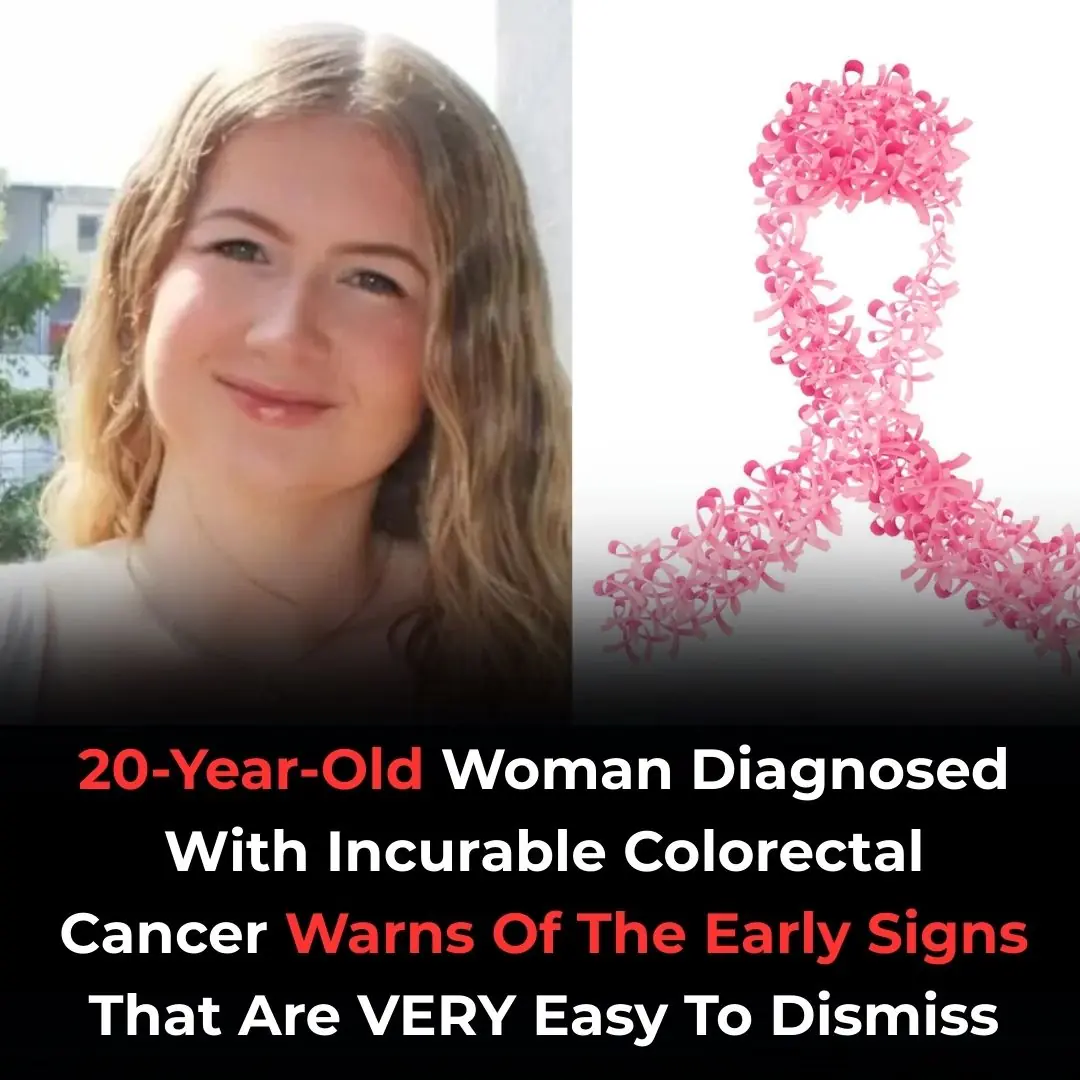
21-Year-Old Woman With Terminal Colon Cancer Warns Of The Early Symptoms That Are Simple To Ignore

Understanding the Causes of a Fishy Vaginal Odor
News Post

Here’s What The Lines On Bath Towels Actually Mean

Fake Honey is Flooding The Market — Here’s How To Spot The Real Thing

Here’s What It Really Means When A Man Turns His Back In Bed

Stop Shaving! Discover Natural Ways to Permanently Remove Facial, Body, and Pubic Hair

11 Reasons Why You Should Drink Aloe Vera Water Every Day

Shocking findings of new trial on Ozempic alternative pushes it closer to approval

Experts Warn People To Get Rid Of This Common Bedroom Item Over Fears It Might Harm Brain Health

The Side Effects of Ibuprofen You May Not Be Aware Of

6-Year-Old Boy Suffers Stroke After Waking Up – Doctor Urges Parents to Know These 4 Warning Signs to Save Their Child

3 Eye Symptoms That Could Warn of a Stroke or Cancer – Don’t Ignore Them
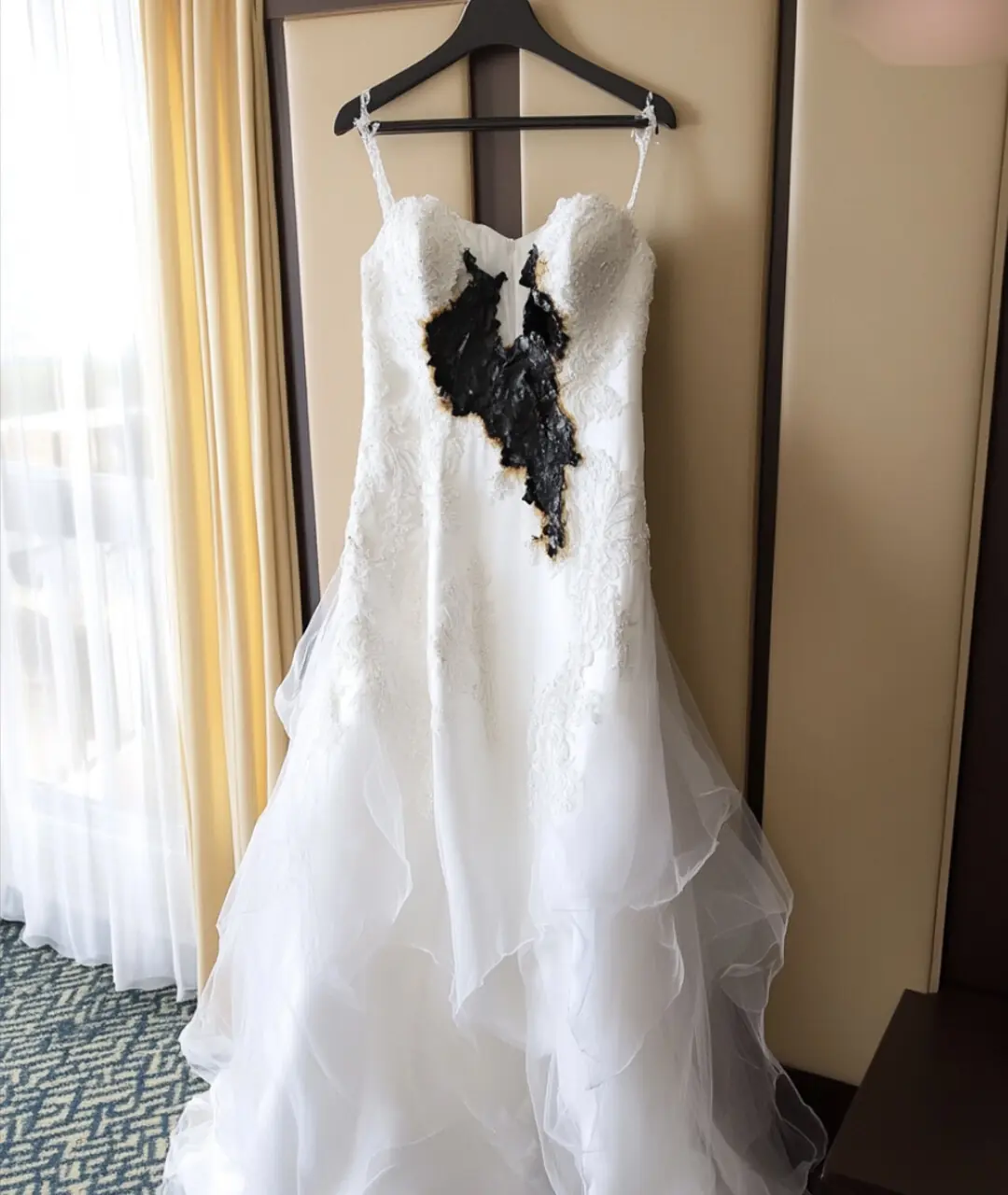
My MIL Ruined Our Wedding Three Times – But She Was the Only One Who Lost in the End
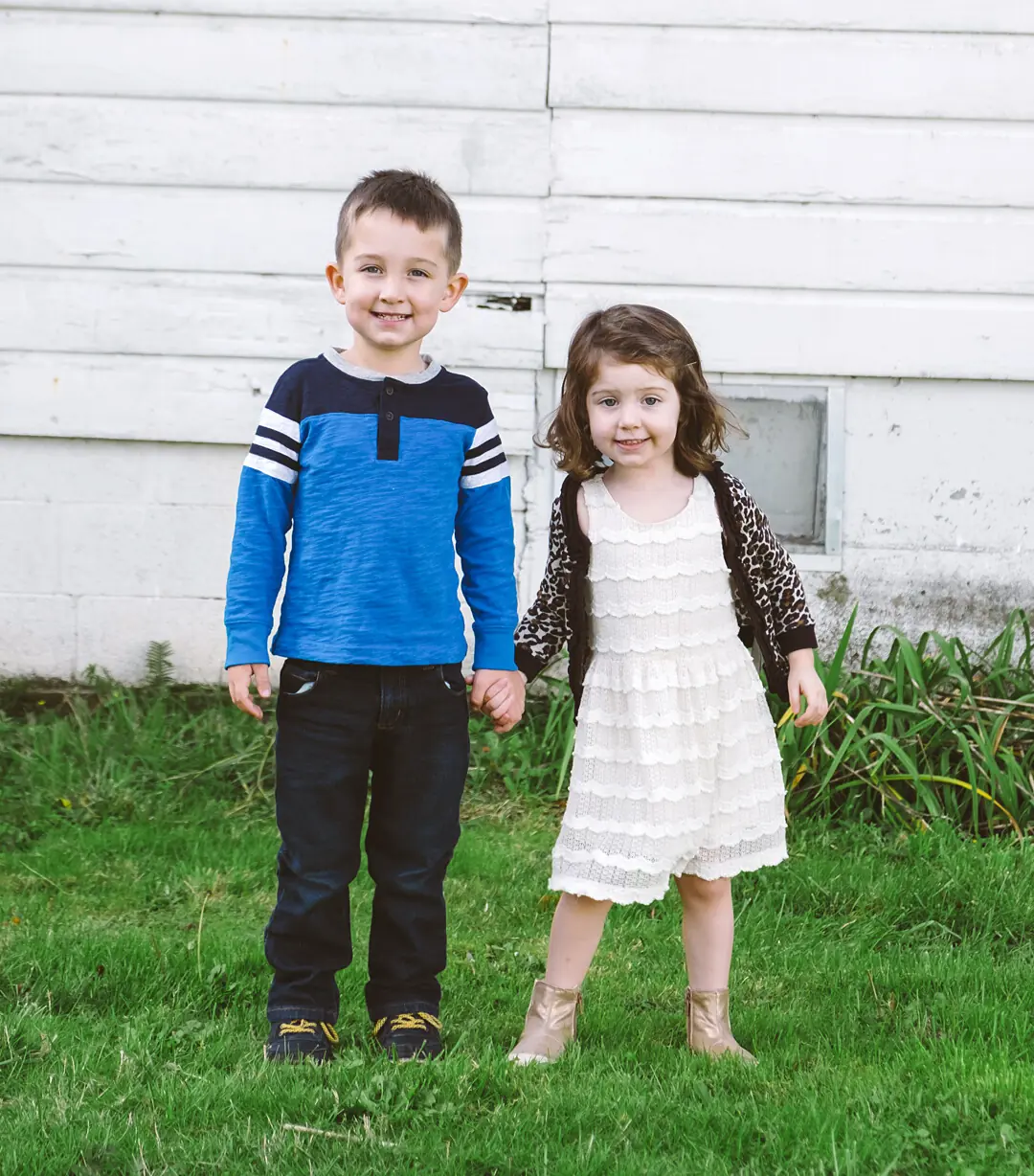
Child Made a New Friend at School, but Mom Is Shocked to Learn Who the Girl's Mother Is

I Became a Surrogate for My BIL and His Wife – When He Saw the Baby, He Yelled, 'This Must Be a Mistake!'

My Ex-husband Gifted Our Kid a Rocking Horse – When I Saw What Was Inside, I Called My Lawyer

My Husband and His Mistress Accidentally Got Into My Taxi So I Gave the Cheater an Anniversary He’ll Never Forget
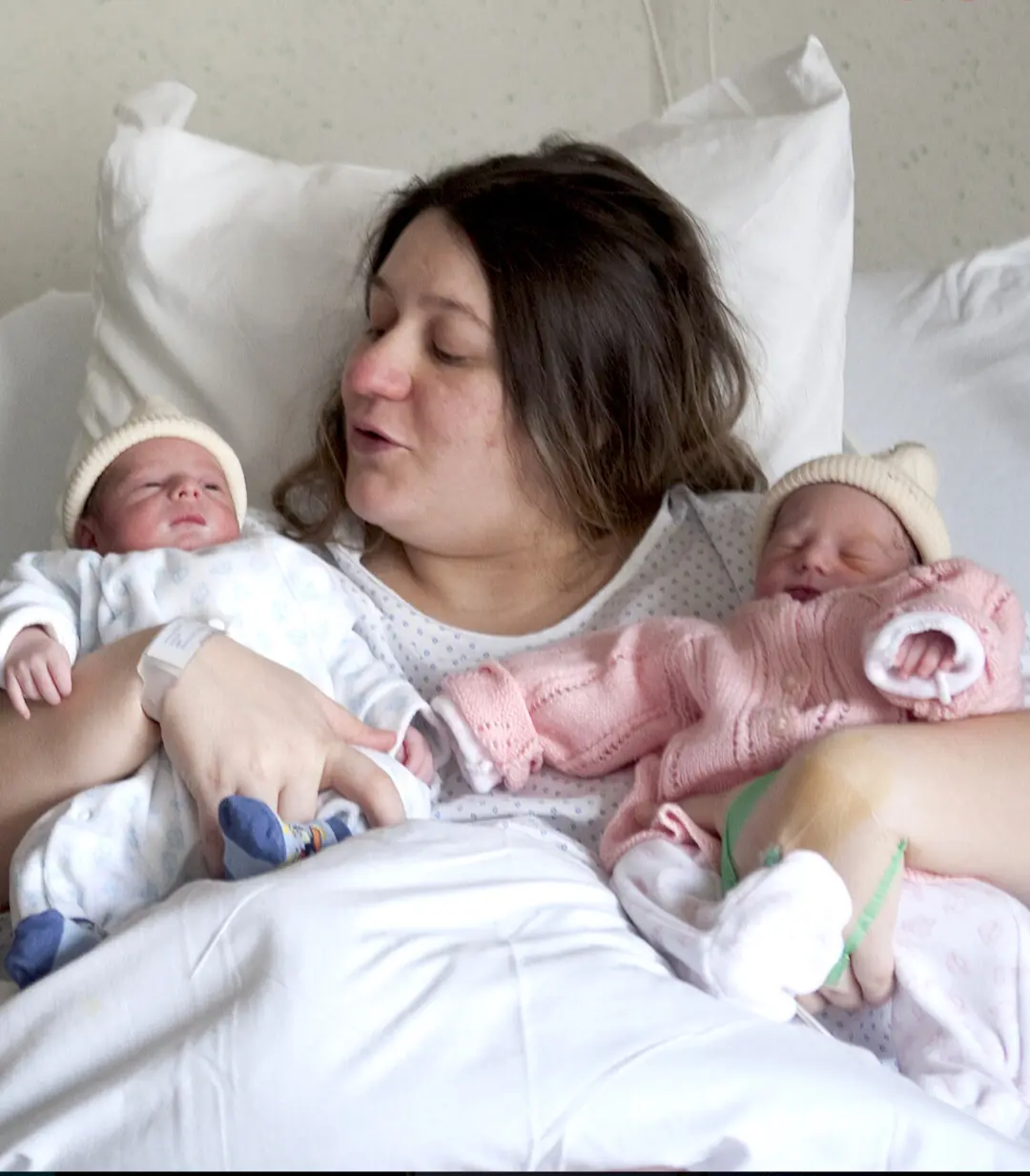
Man Mocks Wife for Gaining Weight after Giving Birth, Finds Her Diary after She’s Hospitalized

My Stepdaughter Betrayed Me and Kicked Me Out After I Raised Her Like My Own – So I Used My Experience to Turn My Life Back Around

17 Common Foods That May Trigger Kidney Stones – What to Avoid for Healthier Kidneys

12 Strange Signs in Your Feet That Could Be Warning You About Liver Problems
